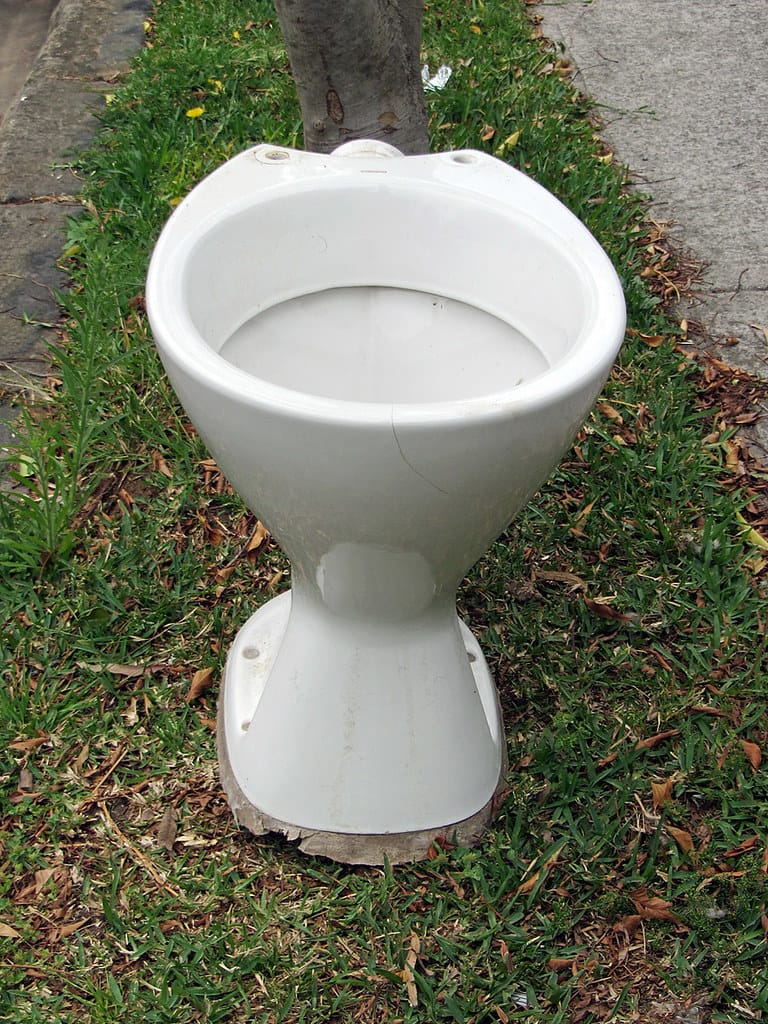From Sewage to Soil Gold: How Human Waste Could Revolutionize Global Agriculture
A groundbreaking study reveals that converting human waste into biochar could address one of agriculture's most pressing challenges—fertilizer shortages that threaten global food security. This innovative approach transforms what was once considered mere waste into a valuable agricultural resource, offering a sustainable solution to feed the world's growing population.
The Hidden Crisis in Our Food System
The global fertilizer shortage has reached critical levels, with prices soaring by over 300% in some regions since 2020. This crisis, exacerbated by supply chain disruptions and geopolitical tensions, threatens to reduce crop yields worldwide just as the planet's population approaches 8 billion people.
Traditional fertilizer production relies heavily on finite resources and energy-intensive processes. Phosphorus, a crucial nutrient for plant growth, is mined from deposits that scientists predict could be depleted within the next 50-100 years. Meanwhile, nitrogen fertilizer production consumes approximately 1-2% of global energy supplies.
The Biochar Breakthrough
Recent research published in leading agricultural journals demonstrates that biochar produced from human waste—specifically sewage sludge—can serve as an effective, nutrient-rich fertilizer alternative. The process involves heating human waste in oxygen-limited environments, creating a stable, carbon-rich material that can dramatically improve soil health.
How the Process Works
The transformation occurs through pyrolysis, where sewage sludge is heated to temperatures between 300-700°C without oxygen. This process eliminates pathogens and harmful bacteria while preserving essential nutrients like nitrogen, phosphorus, and potassium—the three primary components of traditional fertilizers.
The resulting biochar offers several advantages over conventional fertilizers:
- Slow nutrient release: Unlike chemical fertilizers that can wash away quickly, biochar releases nutrients gradually over months or years
- Improved soil structure: The porous nature of biochar enhances water retention and aeration
- Carbon sequestration: Each ton of biochar can lock away up to 3.7 tons of CO2 from the atmosphere
Real-World Applications and Results
Field trials across multiple continents have yielded promising results. In Kenya, smallholder farmers using sewage-derived biochar reported crop yield increases of 25-40% compared to traditional fertilization methods. Similar success stories have emerged from pilot programs in Sweden, where wastewater treatment facilities now produce biochar for local agricultural use.
The economic implications are equally compelling. A single large wastewater treatment plant processing waste from 100,000 people could produce approximately 2,000 tons of biochar annually—enough to fertilize 500 hectares of farmland while generating revenue streams for municipal governments.
Addressing Safety Concerns
Critics initially raised concerns about potential contamination from pharmaceuticals, heavy metals, and other pollutants present in human waste. However, the pyrolysis process effectively neutralizes most harmful compounds. Advanced screening techniques ensure that only safe, high-quality biochar reaches agricultural applications.
Regulatory frameworks in the European Union and several U.S. states have already established safety standards for sewage-derived biochar, paving the way for broader adoption.
Global Impact Potential
The mathematics are staggering: humans produce approximately 6.5 billion tons of waste annually. Converting even 10% of this waste into biochar could produce 650 million tons of fertilizer substitute—enough to significantly impact global food production.
Countries with limited access to traditional fertilizers stand to benefit most. Sub-Saharan Africa, where fertilizer costs can consume 60% of farmers' budgets, could achieve greater food security while creating local green jobs in biochar production.
The Path Forward
As climate change intensifies and global population growth continues, innovative solutions like sewage-to-biochar conversion offer hope for sustainable agriculture. The technology exists, early results are promising, and the raw materials are abundant and renewable.
Key takeaways for stakeholders:
- Policymakers should fast-track regulatory approvals for safe biochar production standards
- Municipalities can transform waste management from a cost center into a revenue generator
- Farmers gain access to affordable, locally-produced fertilizers with superior soil-building properties
- Environmental advocates can support a solution that addresses waste management, food security, and climate change simultaneously
The transformation of human waste into agricultural gold represents more than just technological innovation—it's a paradigm shift toward circular economy principles that could help secure food security for generations to come.
